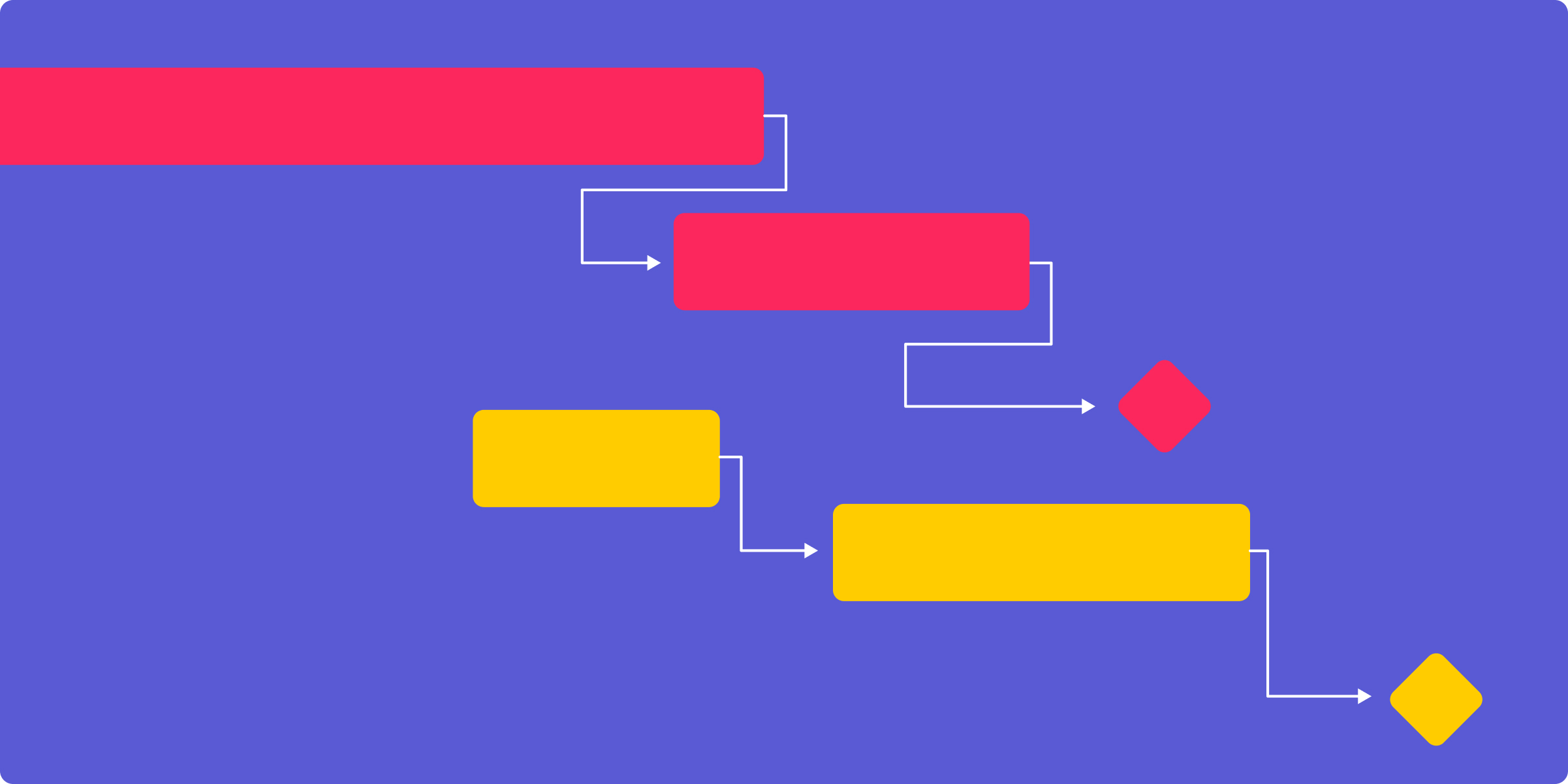For those new to the concept, a Gantt chart is a specific type of bar chart meticulously designed to visualize project schedules. Its primary goal is to give an accurate timeline of the entire project, including every aspect of it that include milestones, tasks, and objectives. The achievement of any project is contingent on this visualisation.
The Gantt chart is a valuable tool in project management because of its visual clarity. Because it can draw attention to dependencies and timelines, project managers are able to quickly recognize crucial paths to completing. This is a way of knowing what projects must be completed first, what can run concurrently, and where bottlenecks could arise.

The critical path is the sequence of tasks that, if they are not completed it will delay the duration of the project. The critical path needs to be identified and managed to ensure that projects are completed on time. Gantt Charts help to make this process more transparent. By studying the chart, project managers can pinpoint the most important tasks and assign resources accordingly to stop delays.
A Gantt chart typically consists of a horizontal time-line that is used to represent the duration of a task, with a series vertical bars or lines to represent the tasks and their start and end dates. Every task is represented as bars. Dependencies between tasks could be demonstrated by the location of these bars. Milestones, that are important achievement of a project, are generally indicated by particular symbols or colors.
Gantt charts aren’t only helpful for project managers. They also assist in collaboration between teams. Every team member can access a complete view of the timeline of the project as well as their own responsibilities. The shared understanding of the project’s goals and progress results in an environment for collaboration where everyone is on the same team.
Monitoring the progress of the project is an additional aspect that Gantt charts shine. With a quick glance at the chart team members and other stakeholders can assess the status of each individual task and the overall project. This real-time transparency allows for early identification of any issues or delays, and provides for the possibility of reducing any problems.
Gantt charts are a versatile tool that can be used for various types of projects. Gantt charts are adaptable and can be adapted to the specific requirements of your business, whether you’re managing software development projects with many tasks in coding and construction projects with a lot of dependencies, or marketing campaigns that have numerous deliverables.
A peek into Project Success: The Magic of Gantt Charts
Imagine the project manager starting a construction task to build a new structure. The project can be extremely complex with everything from foundation laying and preparation for the site, through landscaping and interior design. Any delays could affect the time frame for completion of the project.
A Gantt chart helps the project manager plan and track every phase. It is clear that some tasks are dependent on each other. For example interior design needs to be carried out prior to the construction work begins. Landscape design can also be started in tandem with other projects. The key path is outlined and resources allotted in accordance with the path.
Project Management Tools of the Best: Gantt Charts in Focus
Gantt charts can be a useful instrument for project managers with years of experience. They simplify project planning, implementation and monitoring. They help teams collaborate and align their efforts to their goals for the project, and respond quickly to any deviations from the original plan.
On-Time Delivery Everytime How Gantt Charts Help Keep Projects On the right track
Gantt charts are unique in their ability to help ensure that projects stay on track and complete on time. Gantt charts give a complete and clear overview of timelines of projects, dependencies, and critical paths. This allows project managers and their team members to make quick and informed decisions.
In the environment of project management, where unforeseen challenges and changing priorities are the norm and priorities are constantly changing, the Gantt chart remains a steady ally. Its simplicity, flexibility, and ability to show results make it an essential tool for every project manager who strives for excellence. If you’re currently embarking on a journey of project management you should consider harnessing the power of Gantt chart to unleash the potential of your project and ensure on-time delivery every time.